Tomatoes are annual plants expected to complete their growth cycle in one season.
When growing tomatoes, you should know that the duration each stage is supposed to last would differ. The time would depend on the specific kind of plant (as some cultivars will struggle to thrive under certain environmental conditions) as wander-growing conditions.
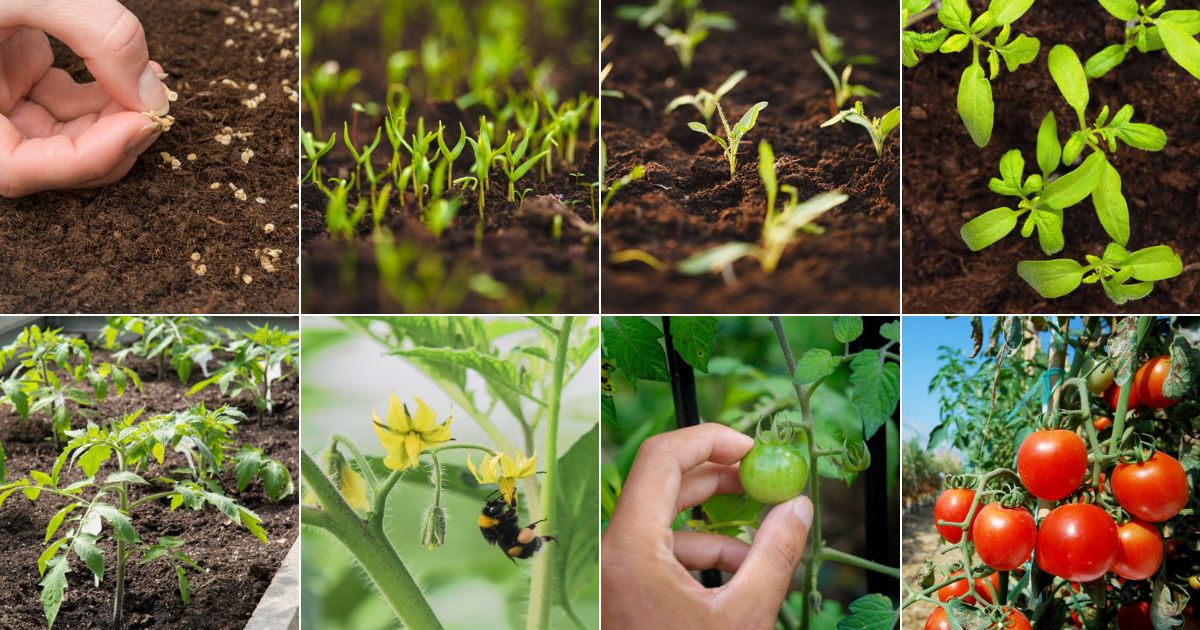
We'll take you on a journey of the different tomato plant growth stages, from seed planting and germination to the emergence of a plant with fruits containing seed.
It's quite an exciting ride; let's go!
Jump to:
- Different Tomato Plant Growth Stages
- 1. Planting Stage
- 2. Germination Stage
- 3. Sprouting Stage
- 4. Formation of The First True Leaf
- 5. Formation of Third True Leaves
- 6. Root System Development
- 7. Vegetative Development Continues
- 8. Flowering Stage
- 9. Pollination Stage
- 10. Fruit Development
- 11. Mature Fruiting
- 12. Degradation Stage
- Frequently Asked Questions
- Conclusion
Different Tomato Plant Growth Stages
Just before we delve into the growth stages of tomato plants, it is imperative to let you know that the varieties and time of planting will determine how long they take to mature.
Late season varieties would naturally take the longest, requiring more than 80 days to attain maturity.
That being said, let's go ahead with its different growth stages.
1. Planting Stage
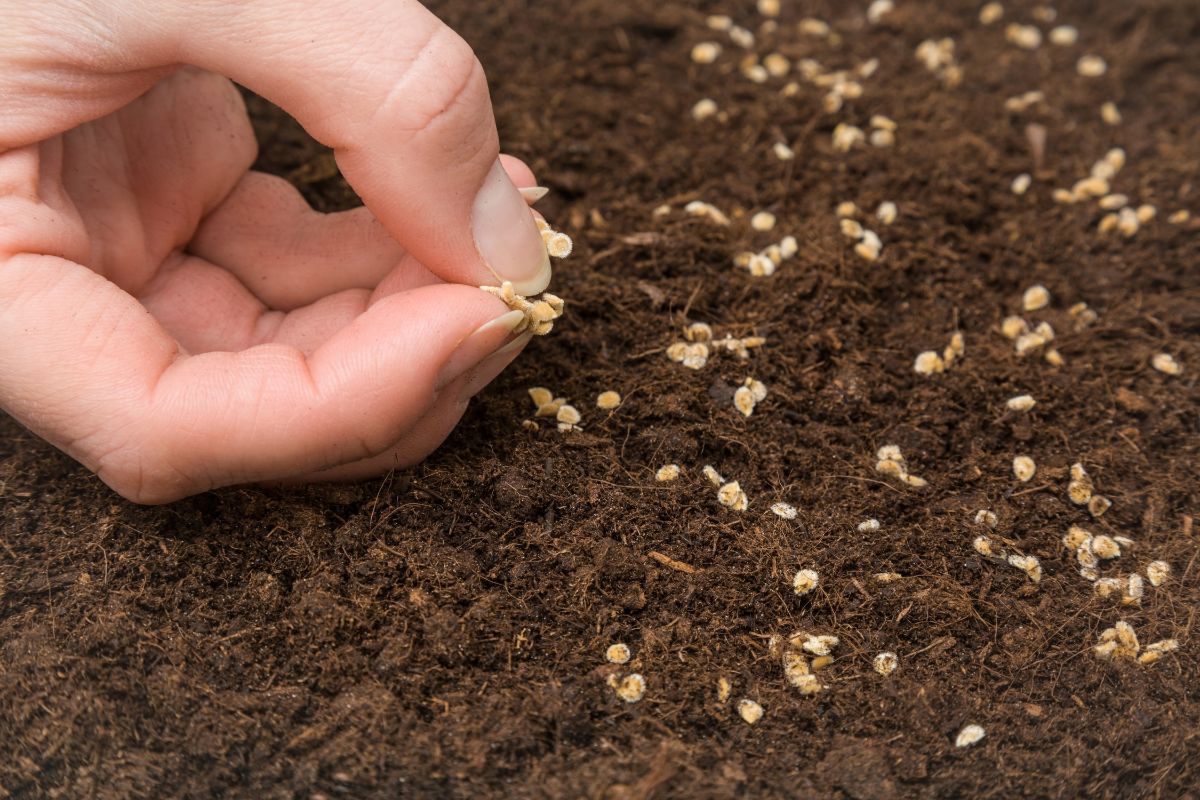
Depending on your location, you can have the seeds planted indoors and transplanted in the gardens after the last frost. This will help prevent the plant in its vulnerable state from unpleasant weather conditions.
Tomato seed plants prefer day temperatures that enable the soil to stay higher than 60°F and night temperatures at a static 50°F.
The plant needs moist soil all through its growth cycle. It makes for enough water to permeate the seed, signaling the internal cells to kickstart respiration and metabolize food reserves, paving the way at the end for germination to occur.
2. Germination Stage
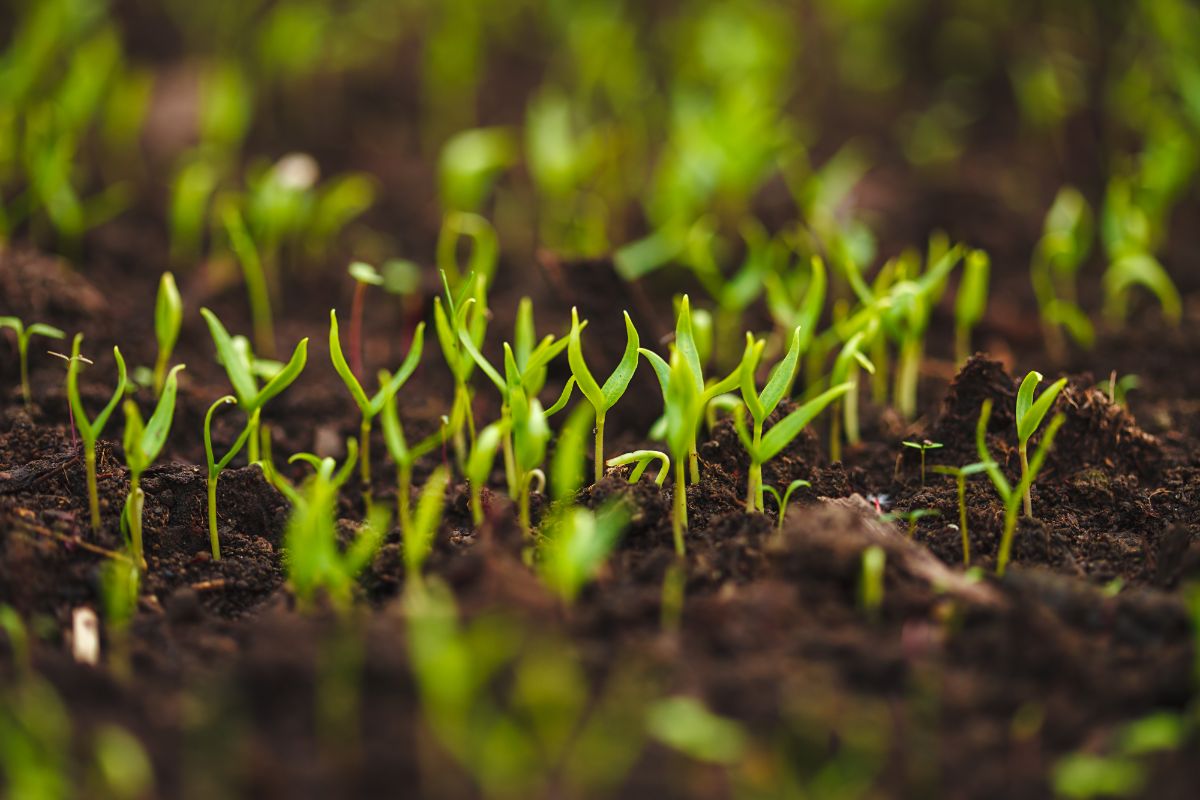
The time frame for germinating a tomato plant seed should take about ten days at most. On average, it is known to be faster than a lot of other vegetable plants.
The first sign of germination has to be the appearance of the primary root, or what is mainly called the radicle.
What is the role of the radicle?
It performs multiple functions. Apart from introducing and upholding the seedlings in the soil, it also absorbs soil moisture & nutrients, then sets the ball rolling for the next growth phase.
3. Sprouting Stage
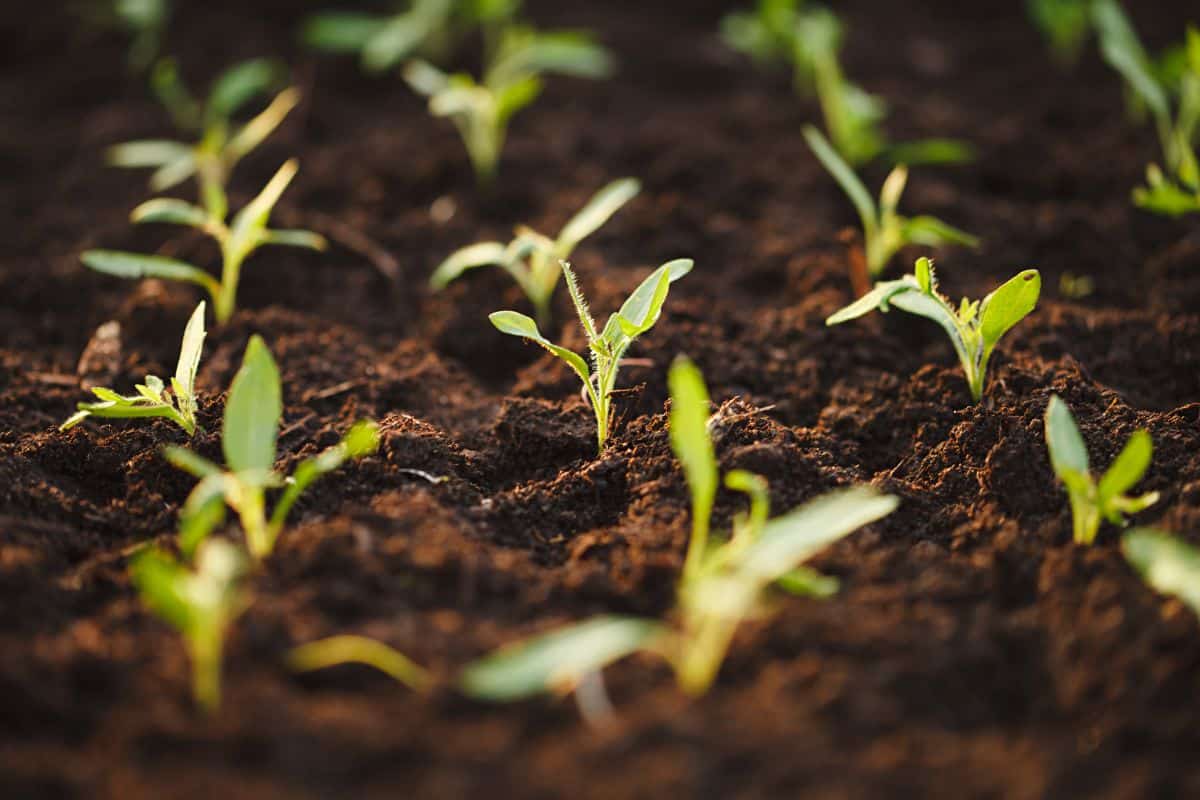
The work of the radicle clears the stage for the plant cells to form a shoot initially. This shoot springs from the seed and continues to grow upward in search of sunlight.
The shoot would go on to find its way through the surface of the soil after a few days.
The focus of the plant at this stage is to deploy its energy and resources to develop the leaves.
4. Formation of The First True Leaf

It is normal to notice the slow growth speed of seedlings at this stage.
The reason is simple; the seed lacks adequate resources to draw from at its disposal and is forced to depend on the internal food reserves for its metabolic processes.
Due to this, the plant works two times harder to form leaves and kickstart the process of photosynthesis.
5. Formation of Third True Leaves
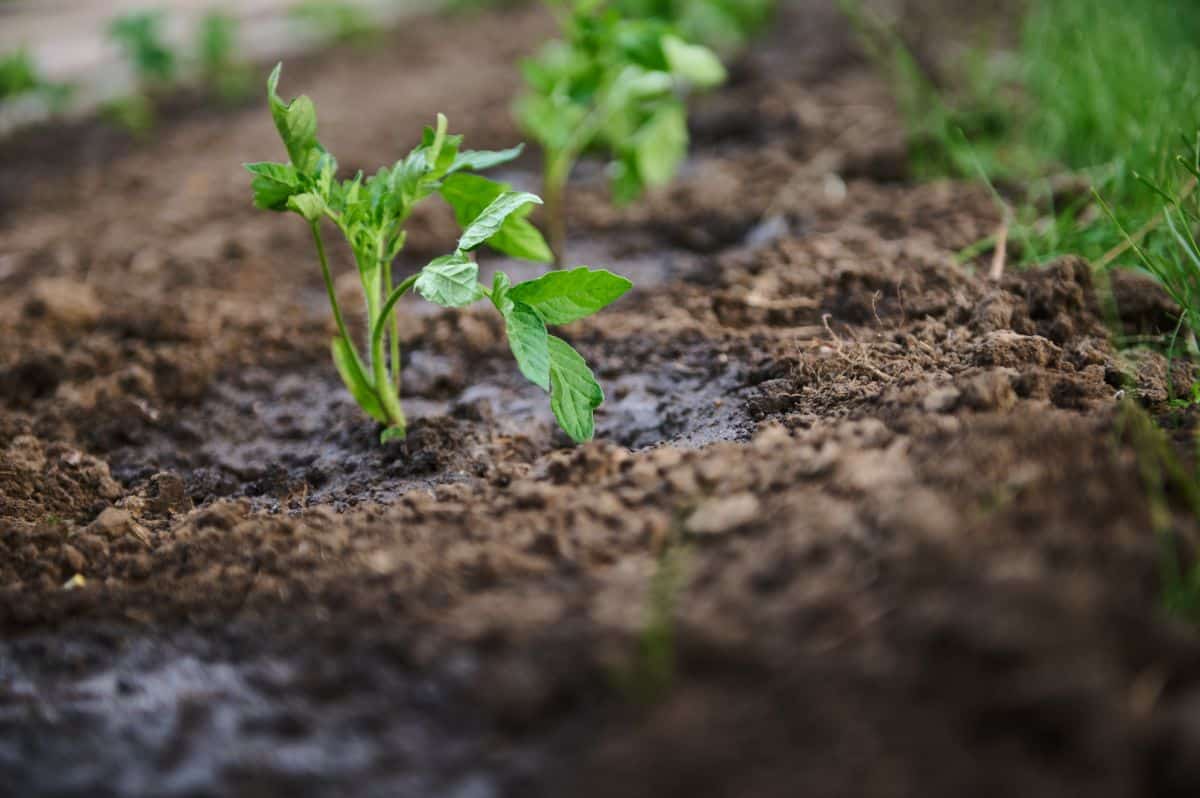
The third true leaves are formed on the seedlings. You will find them looking like tiny versions of fully mature foliage.
At this stage, the plant's growth speed picks up again, and its leaves develop very fast. This happens due to the part the hormones in the seedling play coordinating newly formed cells to develop them speedily.
The more leaves are formed, the more the capacity of the plant to photosynthesize increases.
6. Root System Development
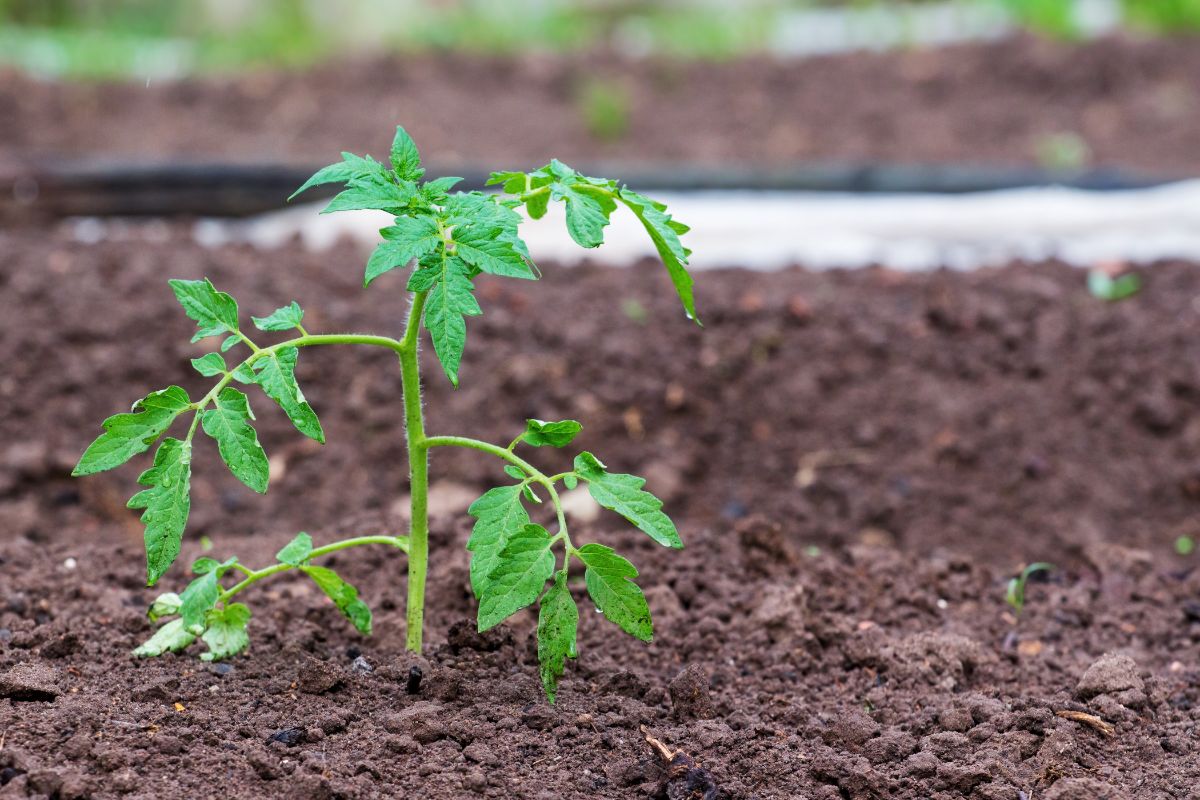
By now, the young seedlings must have formed enough leaves, equipping them with the ability to photosynthesize and produce food.
The result of this milestone is the development of their root systems. The story of the root system is significant as they assist the plant with its weight, supporting it and absorbing excess soil moisture or nutrients.
The radicle continues to grow into a tap root and then creates a fibrous network consisting of smaller sources.
7. Vegetative Development Continues
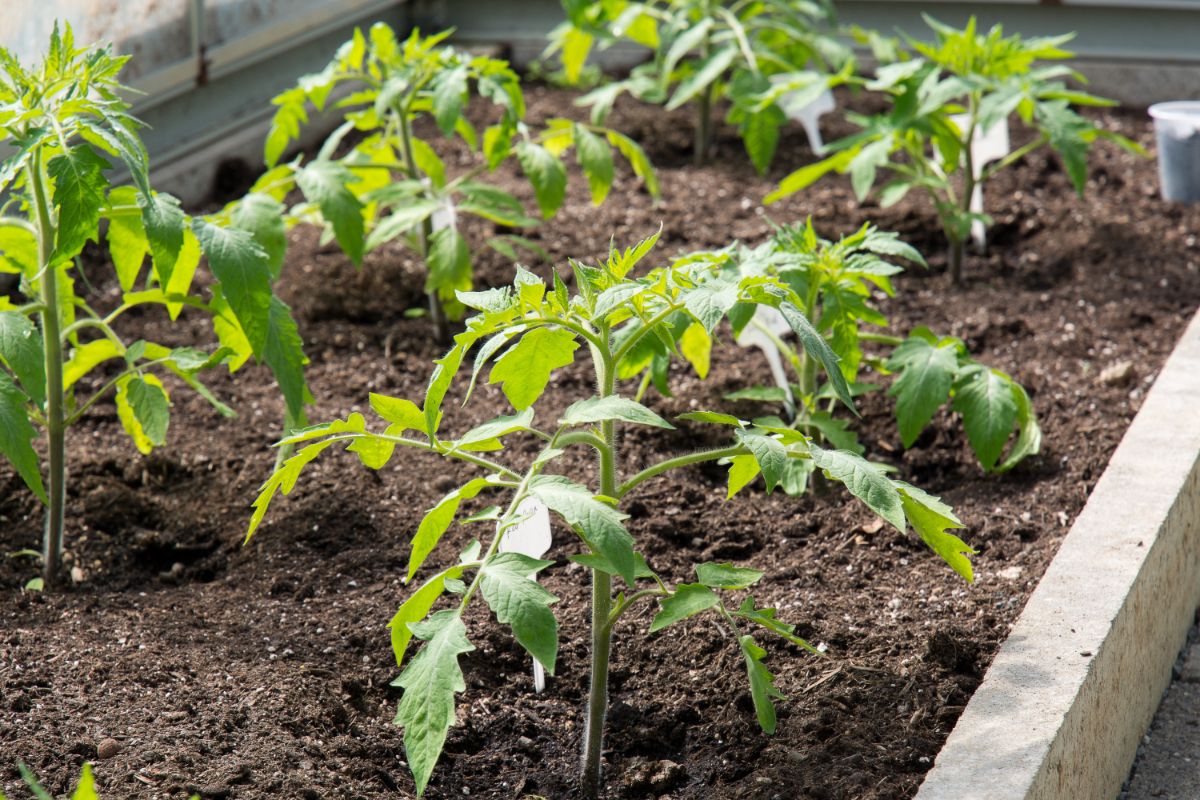
This stage signifies that the root system has fully thrived, and the foliage above continues to produce food via photosynthesis. The plant can now be said to have completed its primary stages of growth.
The plant's focus is now redirected to the upward foliage and outer growth, and it also conserves its energy and resources in its internal storage for the flowering stage.
8. Flowering Stage
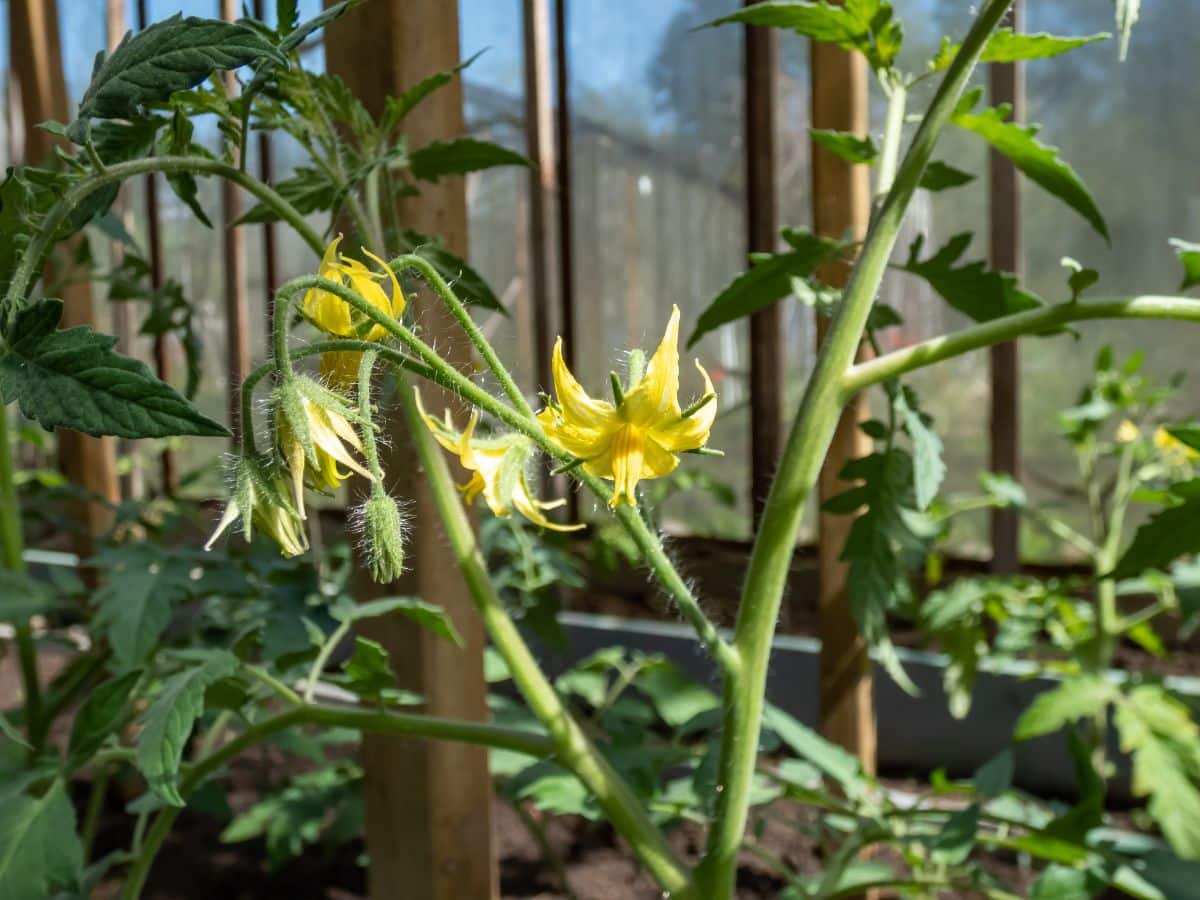
With the primary stages of growth completed, flowering is next. Flowering occurs when about 10 - 12 leaves are formed, and the plant attains a height of about 15 - 18 inches.
When this feat is achieved, it begins to form new side stems that further branches out, forming flower buds along the tips as they do.
You will be greeted with the pleasant sight of yellow flowers when the buds are fully formed and opens up. After all this, the plant can be considered fully set for pollination.
9. Pollination Stage

One beautiful fact about tomato plants is that their flowers have both female and male reproductive parts. This makes them self-sufficient to pollinate by themselves without waiting on the help of bees.
The wind and the flower's external vibration help in its fertilization process by dislodging the heavy, sticky pollen from the male part, making it land on the female reproductive organs.
Now, fertilization is essential in the growth of a tomato plant. It is only after it happens that you get the emergence of the fruit set.
10. Fruit Development

After the pollination process, the next 40 - 70 days will see fruits developing steadily. However, this time depends on the suitable climate and growing conditions. The cultivars also play a role in speeding up or slowing down the duration.
When the fruits emerge, they stay green until they attain fully mature size.
The best practice at this point would be redirecting resources and nutrients to the main stems and fruits by taking out new branches and limbs.
11. Mature Fruiting
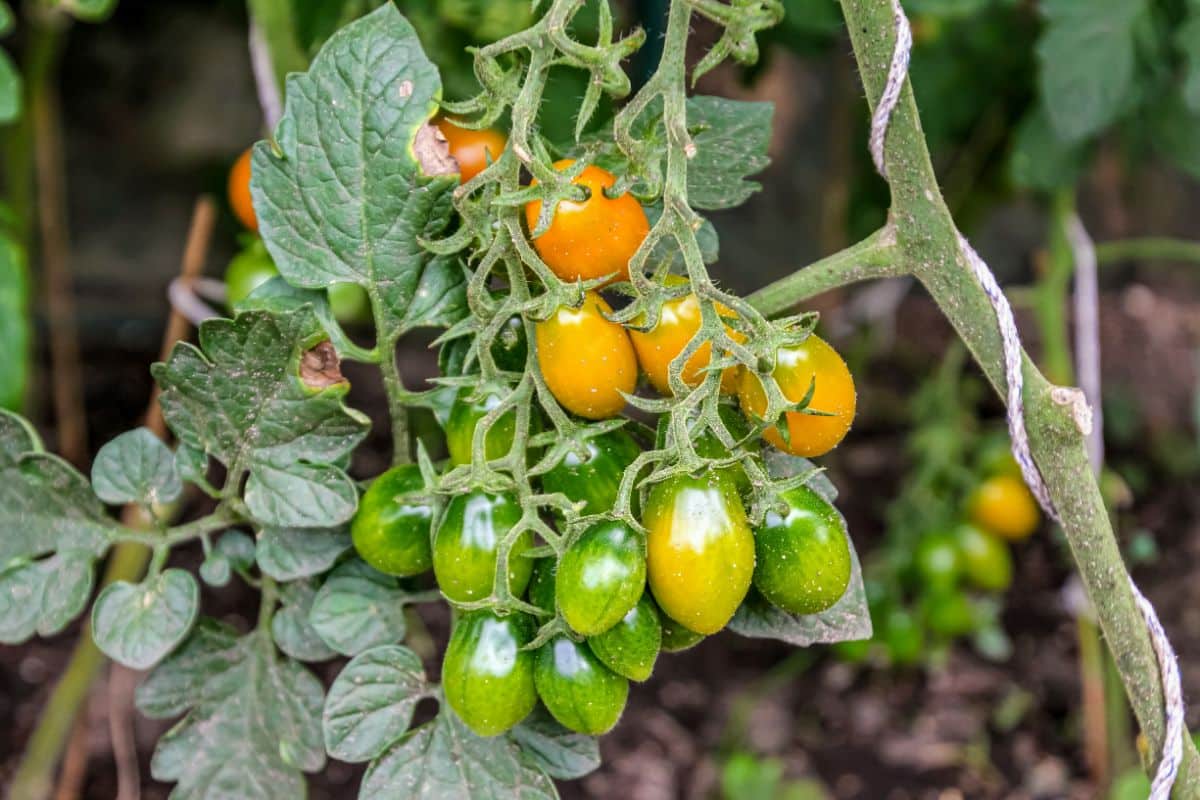
You know you have gotten to this stage when the fruits attain their mature size.
As soon as this happens, a gaseous hormone known as ethylene present in each plant is released, causing a change in the fruit pigment and paving the way for its ripening.
What's the ripening process all about?
The process involves three stages: breaker, pink and red.
At the breaker stage, you get to see a few stains of red here and there on the skin of the fruit. It broadens when it gets to the pink background, causing the fruit to turn pink.
However, on getting to the red stage, the pink color deepens and slowly transforms to the fruit’s known coloration, signaling harvest time! You should note that until it reaches the final step, ‘Red,’ the fruit is deemed unfit for consumption.
12. Degradation Stage
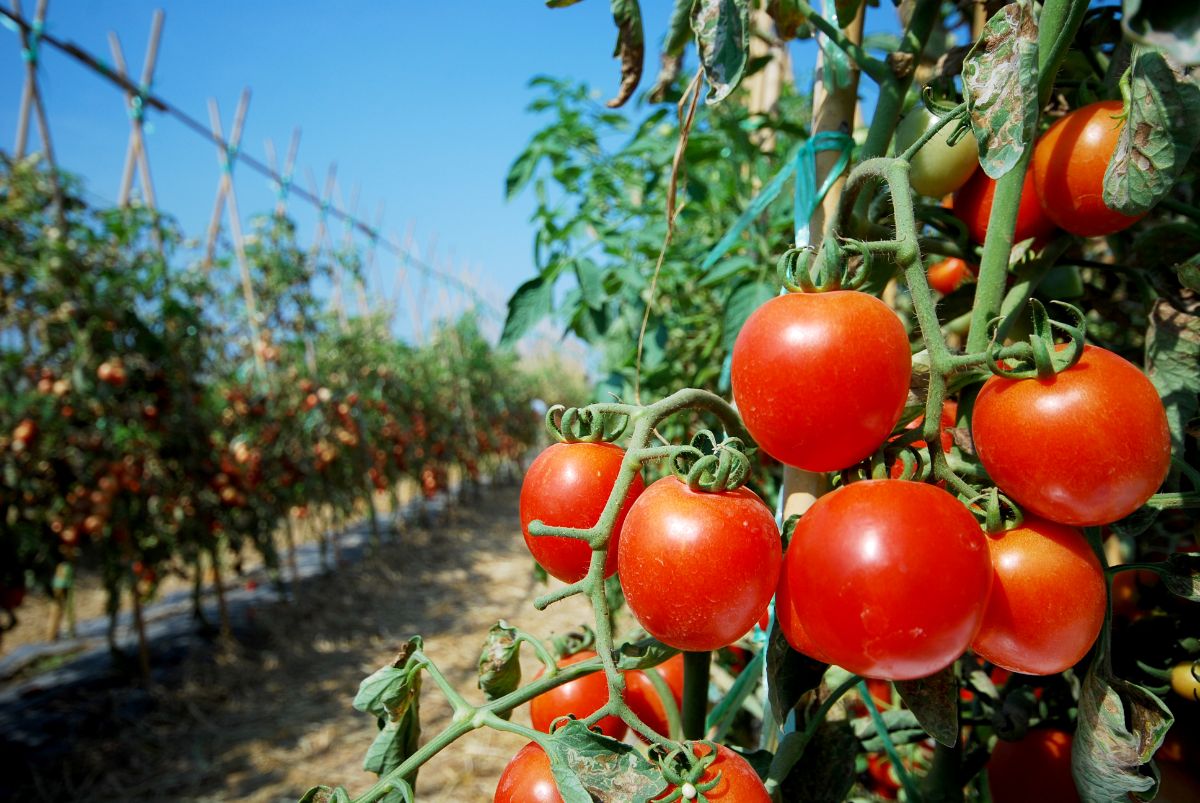
Once the ripening of the fruit occurs and the harvest takes place, the gaseous hormone inherent in the plant begins to make the leaves deteriorate.
Since tomatoes are annual plants and the seeds have been formed, it is goodbye to their life cycle.
The genes behind senescence are brought about by growth hormones, leading to the plant's eventual death.
Frequently Asked Questions
How Many Tomato Seeds Can Be Planted Per Hole?
Ideally, you should sow not more than three seedlings per hole for optimum results.
How Can You Quicken The Germination Process For Tomato Plants?
The term used for fastening the germination process is scarification. This refers to the act of scraping the seed's surface to accelerate the rate of germination.
Conclusion
You will find planting tomatoes easy when you know what to expect at their different stages of growth.
There are a lot of benefits attached to growing tomatoes: you have a variety of different species of tomatoes to choose from, plus you are afforded the chance to have at your disposal fresh tomatoes for consumption.
Still, thinking if you should take the plunge and begin planting this excellent fruit/vegetable? You totally should!




